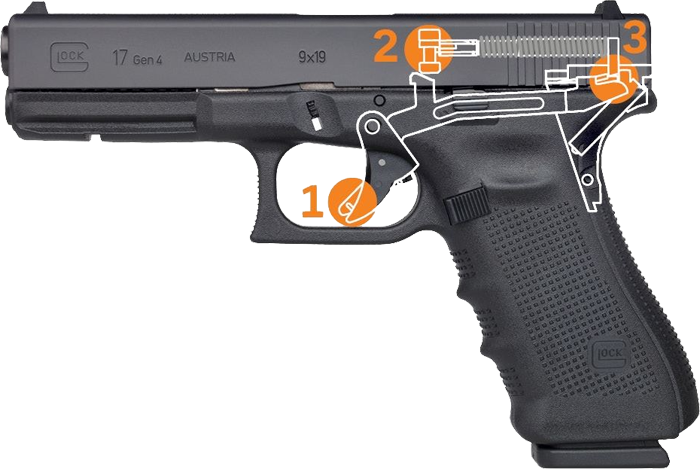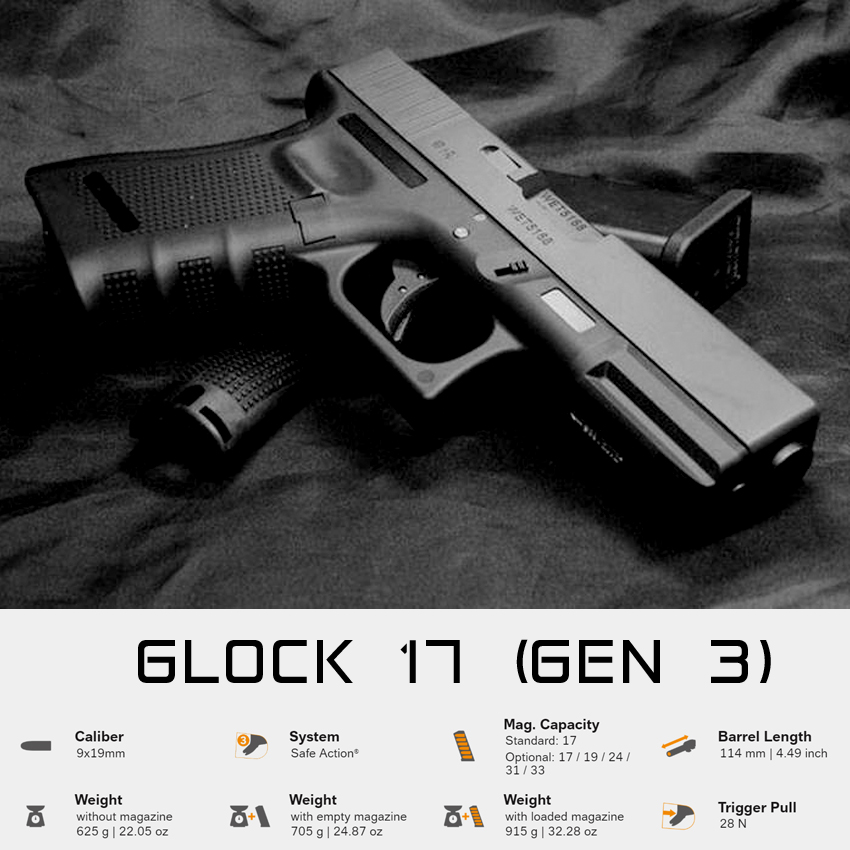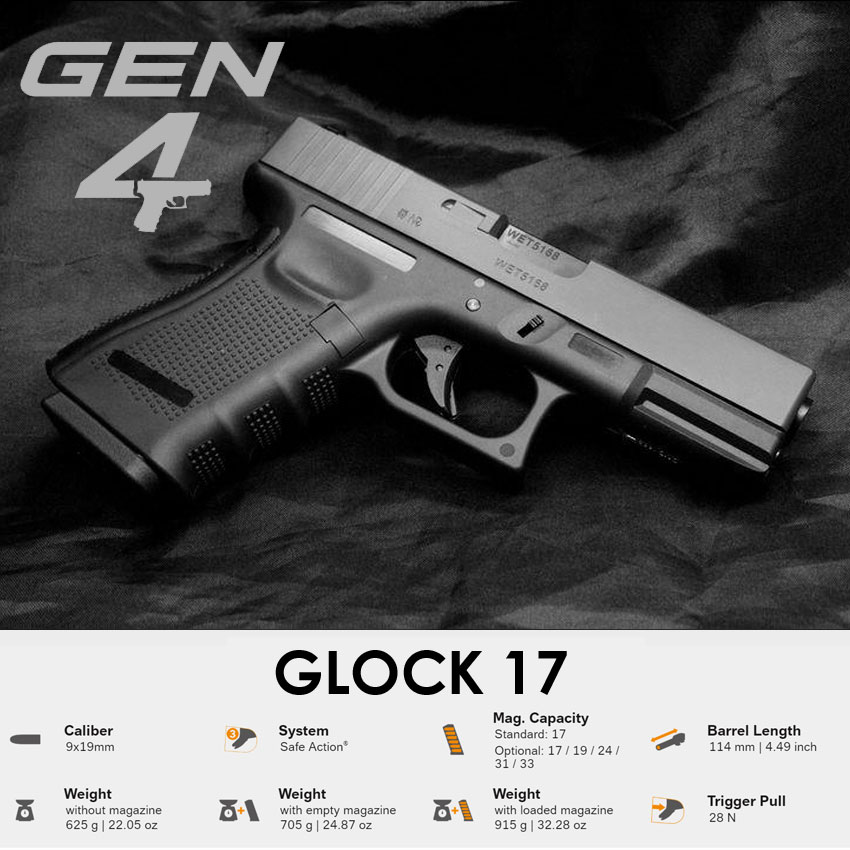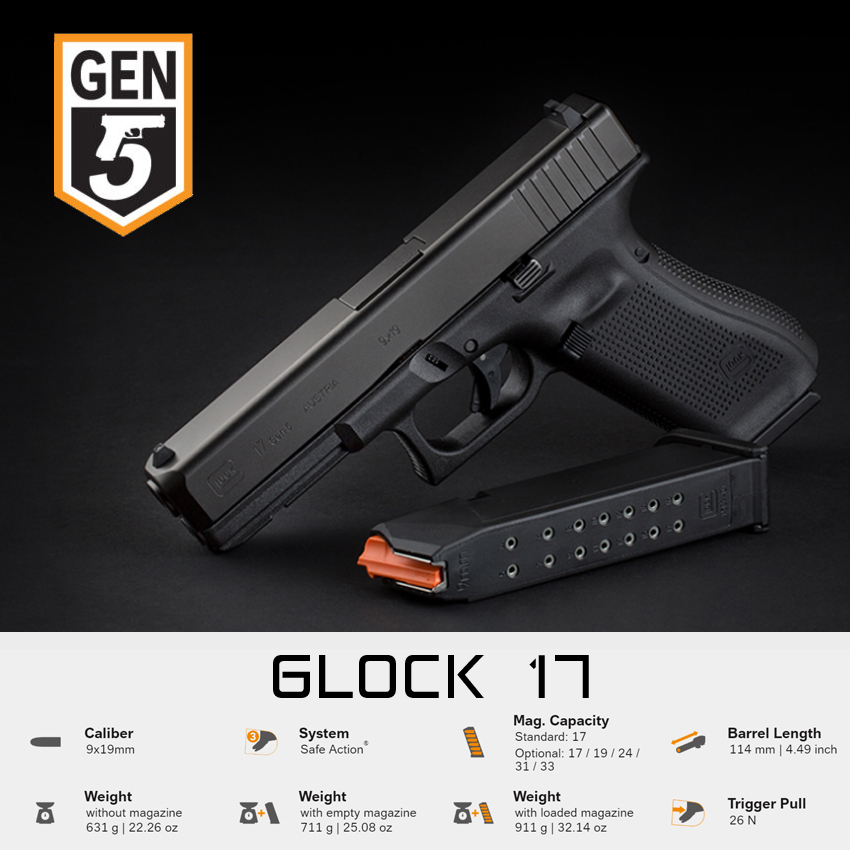The Pros and Cons of Having a Safety Button on a Pistol
In the world of firearms, especially pistols, design features are often debated for their impact on safety, performance, and practicality. One such feature is the manual safety button (or safety lever). While some shooters prefer pistols equipped with a safety, others advocate for models without one, relying instead on modern trigger systems and safe handling practices. Below, we explore the key advantages and disadvantages of having a safety button on a pistol.
Advantages of a Safety Button
Enhanced Protection Against Accidental Discharge: A safety button provides an additional layer of security, helping to prevent the firearm from discharging unintentionally. This can be particularly important in high-stress environments, during transport, or when handling the weapon in confined spaces.
Peace of Mind for Less Experienced Users: Novice shooters or civilians who keep a pistol for home defense may feel more secure knowing the weapon has a manual safety that must be deliberately disengaged before firing.
Safer Storage: When a pistol is stored with the safety engaged, there’s a reduced risk of accidental firing if the firearm is handled by someone unfamiliar with it (e.g., a family member).
Compliance with Regulations: In some countries or jurisdictions, having a manual safety is mandatory for civilian ownership of pistols.
Disadvantages of a Safety Button
Slower Reaction Time: In a defensive situation, disengaging the safety adds an extra step that could cost precious seconds. Under stress, fine motor skills can degrade, increasing the risk of fumbling with the safety.
False Sense of Security: Relying on the safety button may lead to complacency. Some users might neglect other essential safe handling practices, believing the safety alone will prevent accidents.
Training Complexity: Pistols with a safety require additional training to ensure the shooter instinctively disengages it during the draw or firing sequence. Inconsistent training can result in failure to fire when needed.
Mechanical Failure Possibility: Like any mechanical component, safeties can malfunction or become worn over time, potentially rendering them unreliable.
Final Thoughts
The choice between a pistol with or without a safety button depends on several factors:
- User training and experience
- Intended use (civilian, law enforcement, military, sport)
- Personal preference
- Local laws and regulations
Modern pistols often feature internal safeties (such as drop safeties and trigger safeties) that prevent accidental discharge without the need for a manual safety button. However, for some, the reassurance of a manual safety remains valuable.
Ultimately, no safety mechanism can replace proper training, safe handling practices, and regular maintenance.
GLOCK's Safe Action System
GLOCK’s revolutionary SAFE ACTION System provides a consistent trigger pull from the first to the last round. The three automatic independently-operating mechanical safeties are built into the fire control system of the pistol.
This safe, simple, and fast system allows the user to concentrate fully on shooting without having any additional actions to disengage and reengage safeties. This means it is safe if it’s dropped, and additionally it functions at temperatures from -40° to 122° Fahrenheit.
How Does it Work?
The SAFE ACTION System is a fully automatic safety system consisting of three passive, independently operating, mechanical safeties. All three safeties disengage sequentially as the trigger is pulled and automatically re-engage when the trigger is released

FIRING PIN SAFETY

TRIGER SAFETY
DROP SAFETY


Trigger Safety
The trigger safety is the first safety in the firing sequence. It’s incorporated into the trigger in the form of a lever and when it is engaged blocks the trigger from moving rearward.
To fire the pistol, the trigger safety and the trigger itself must be deliberately depressed at the same time. If the trigger safety is not depressed, the trigger will not move rearwards and allow the pistol to fire. The trigger safety is designed to prevent the pistol from firing if it’s dropped or if the trigger is subjected to any pressure that isn’t a direct firing pull.
WARNING: If the trigger is in the forward position the pistol may be loaded.
Firing Pin Safety
The second safety, the firing pin safety, mechanically blocks the firing pin from moving forward in the ready-to-fire condition.
As the trigger is pulled rearward, the trigger bar pushes the firing pin safety up and frees the firing pin channel. If you decide not to fire and release the trigger, the firing pin safety automatically reengages.
Drop Safety
The final safety involves the trigger bar, which rests on the safety ramp within the trigger mechanism housing.
The trigger bar engages the rear portion of the firing pin and prevents the firing pin from moving forward.
As the trigger is pulled rearward the trigger bar lowers down the safety ramp and allows the release of the firing pin.
After firing, the trigger bar moves upward and re-engages the firing pin. As the trigger is released, all safeties automatically reengage
Firing Sequence / Trigger Reset
A special feature of the SAFE ACTION System allows the trigger to reset with only limited forward movement of the trigger, so you don't have to completely release the trigger in order to fire a second controlled shot or when you need to fire several rounds quickly.
After a round is fired, you only have to release the trigger until it resets, which you can hear and feel. All three pistol safeties automatically re-engage when you release the trigger to its forward position.




